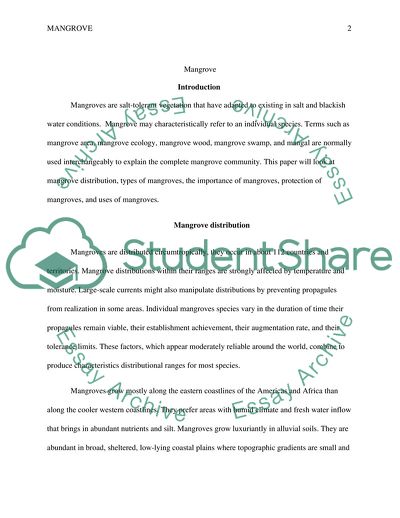Cite this document
(Mangrove Essay Example | Topics and Well Written Essays - 1250 words, n.d.)
Mangrove Essay Example | Topics and Well Written Essays - 1250 words. https://studentshare.org/biology/1875644-mangrove
Mangrove Essay Example | Topics and Well Written Essays - 1250 words. https://studentshare.org/biology/1875644-mangrove
(Mangrove Essay Example | Topics and Well Written Essays - 1250 Words)
Mangrove Essay Example | Topics and Well Written Essays - 1250 Words. https://studentshare.org/biology/1875644-mangrove.
Mangrove Essay Example | Topics and Well Written Essays - 1250 Words. https://studentshare.org/biology/1875644-mangrove.
“Mangrove Essay Example | Topics and Well Written Essays - 1250 Words”. https://studentshare.org/biology/1875644-mangrove.


